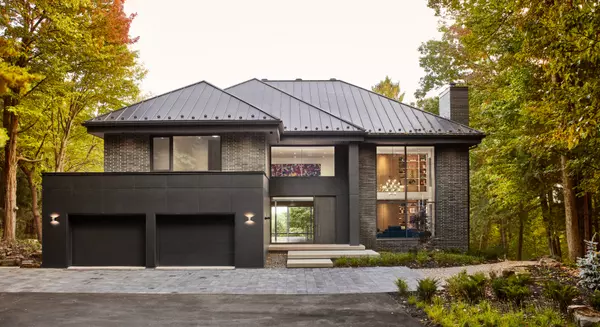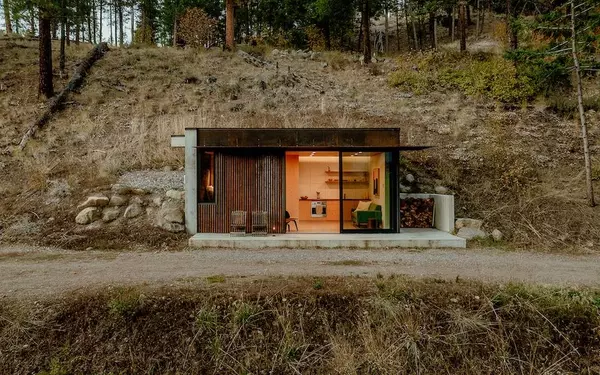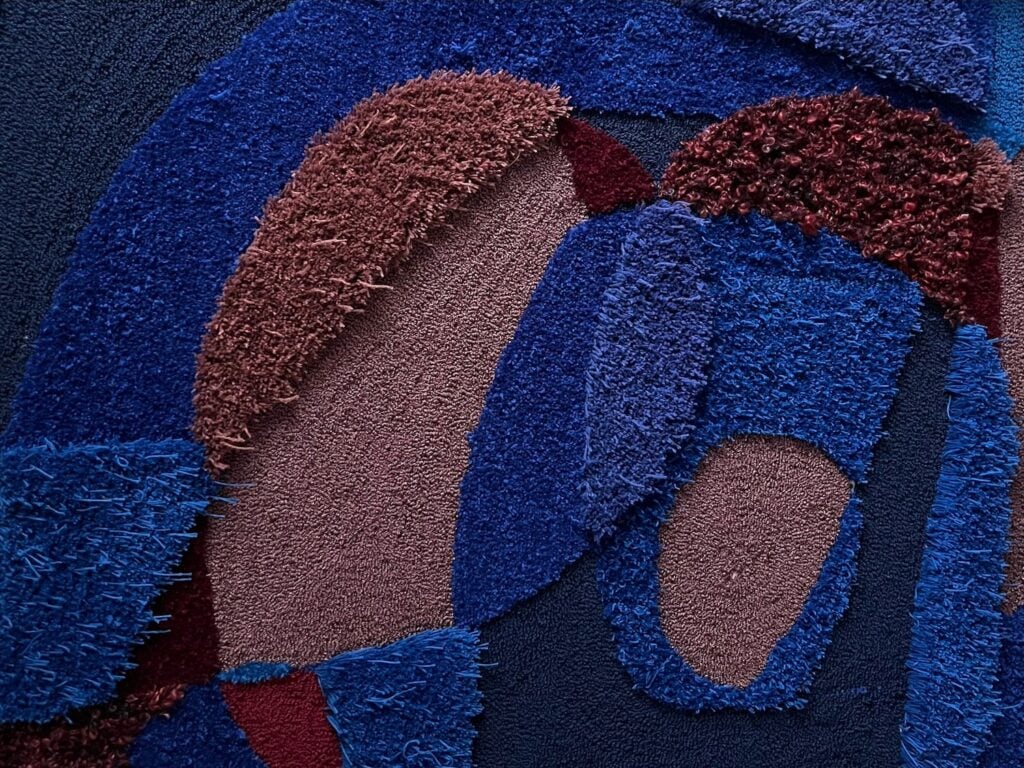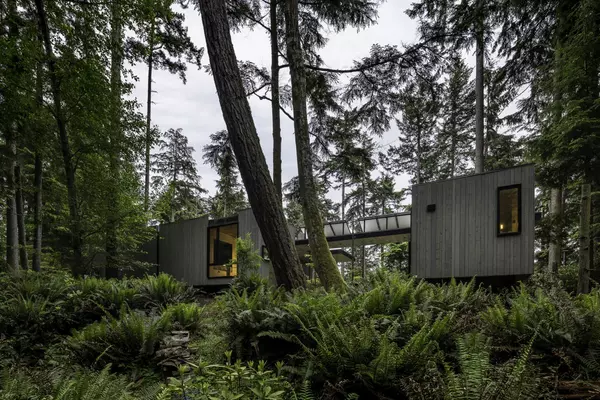
The Ultimate Guide to Surfing in San Diego
San Diego is the epicenter of surfing in the mainland United States, it’s in our DNA. The greats of surfboard design—Skip Frye, Rusty Preisendorfer, Gary Linden and Justin Ternes—got their start in the city. The fish and the egg surfboard shapes were first pioneered in San Diego waters and are large

Breakthrough House in Montreal by Desjardins Bherer
Set in a forested landscape outside Montreal, this residence by Desjardins Bherer reworks a 1990s structure into a light-filled retreat. The architects opened the footprint by removing part of the ground floor and enclosing an extension in glass, creating a double-height living area that frames view

Did You Believe This Cliffside Retreat Is Real?
In Aguadilla, Puerto Rico, Casa Sofía by HACEDORMAKER_ sits on a forested cliff facing the Atlantic. From the street, its concrete facade stays closed and private, but inside, the plan opens directly to a patio, pool, and uninterrupted ocean views. The house is organized by a T-shaped layout. Privat
Categories
Recent Posts











